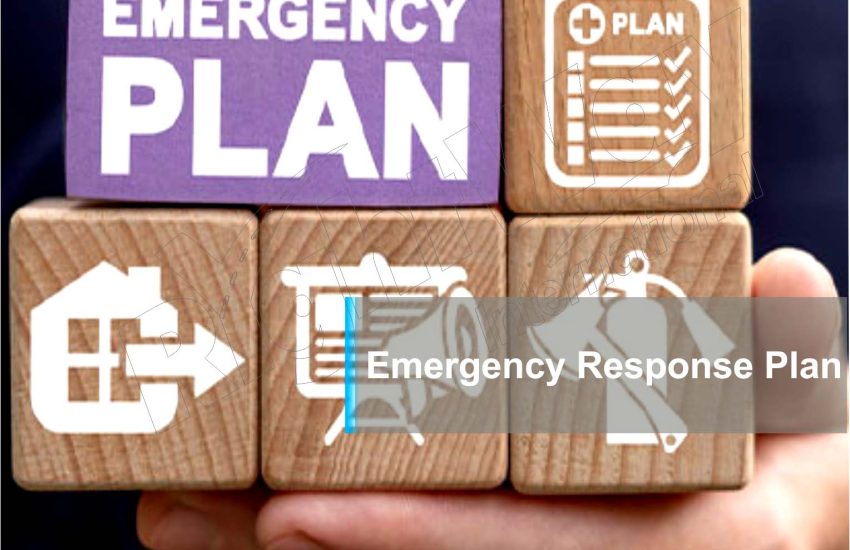Emergency Response Plan (ERP) is a critical component of organizational preparedness, outlining the procedures to follow during various emergencies, including natural disasters, accidents, and security threats. This article discusses the essential elements of an effective ERP, the importance of training and drills, and strategies for maintaining readiness.
Key Components of an Emergency Response Plan
- Risk Assessment
- Identify potential emergencies relevant to your organization, such as fires, floods, earthquakes, and medical emergencies.
- Evaluate vulnerabilities and prioritize risks based on likelihood and impact.
- Clear Objectives
- Define the goals of the ERP, including protecting lives, minimizing property damage, and ensuring business continuity.
- Emergency Procedures
- Develop detailed procedures for different types of emergencies, including evacuation routes, shelter-in-place protocols, and communication methods.
- Ensure procedures are easy to understand and accessible to all employees.
- Roles and Responsibilities
- Assign specific roles to team members, such as incident commander, communication officer, and safety coordinator.
- Provide clear guidelines on each person’s responsibilities during an emergency.
- Communication Plan
- Establish a communication strategy to disseminate information during an emergency, including alerts and updates.
- Ensure multiple communication methods are available (e.g., phone, text, email, intercom).
- Resource Management
- Inventory essential resources, such as first aid kits, emergency supplies, and equipment.
- Designate safe storage areas and ensure quick access to these resources during an emergency.
- Training and Drills
- Conduct regular training sessions to familiarize employees with the ERP and their roles.
- Schedule drills to practice response procedures and improve overall preparedness.
Importance of Training and Drills
Regular training and drills are vital for ensuring that employees understand the ERP and can respond effectively during an actual emergency. Key benefits include:
- Increased Confidence: Familiarity with procedures reduces anxiety and enhances confidence in handling emergencies.
- Identifying Gaps: Drills help identify weaknesses in the plan, allowing for adjustments and improvements.
- Team Cohesion: Practicing together fosters teamwork and coordination among staff during high-pressure situations.
Strategies for Maintaining Readiness
- Regular Review and Updates
- Periodically review the ERP to ensure it remains relevant and effective as conditions change.
- Update the plan based on feedback from drills and actual incidents.
- Engage Employees
- Encourage employee involvement in the planning process and seek their input on potential improvements.
- Foster a culture of safety where everyone feels responsible for emergency preparedness.
- Collaboration with Local Authorities
- Work with local emergency services and public safety organizations to ensure alignment and support during emergencies.
- Participate in community preparedness initiatives to enhance overall readiness.
Conclusion
Emergency Response Plan is effective essential for protecting lives and property in times of crisis. By implementing a comprehensive ERP that includes risk assessments, clear procedures, and regular training, organizations can ensure they are prepared for the unexpected. Maintaining a culture of safety and readiness not only safeguards individuals but also enhances organizational resilience in the face of emergencies.


